Black Memorabilia
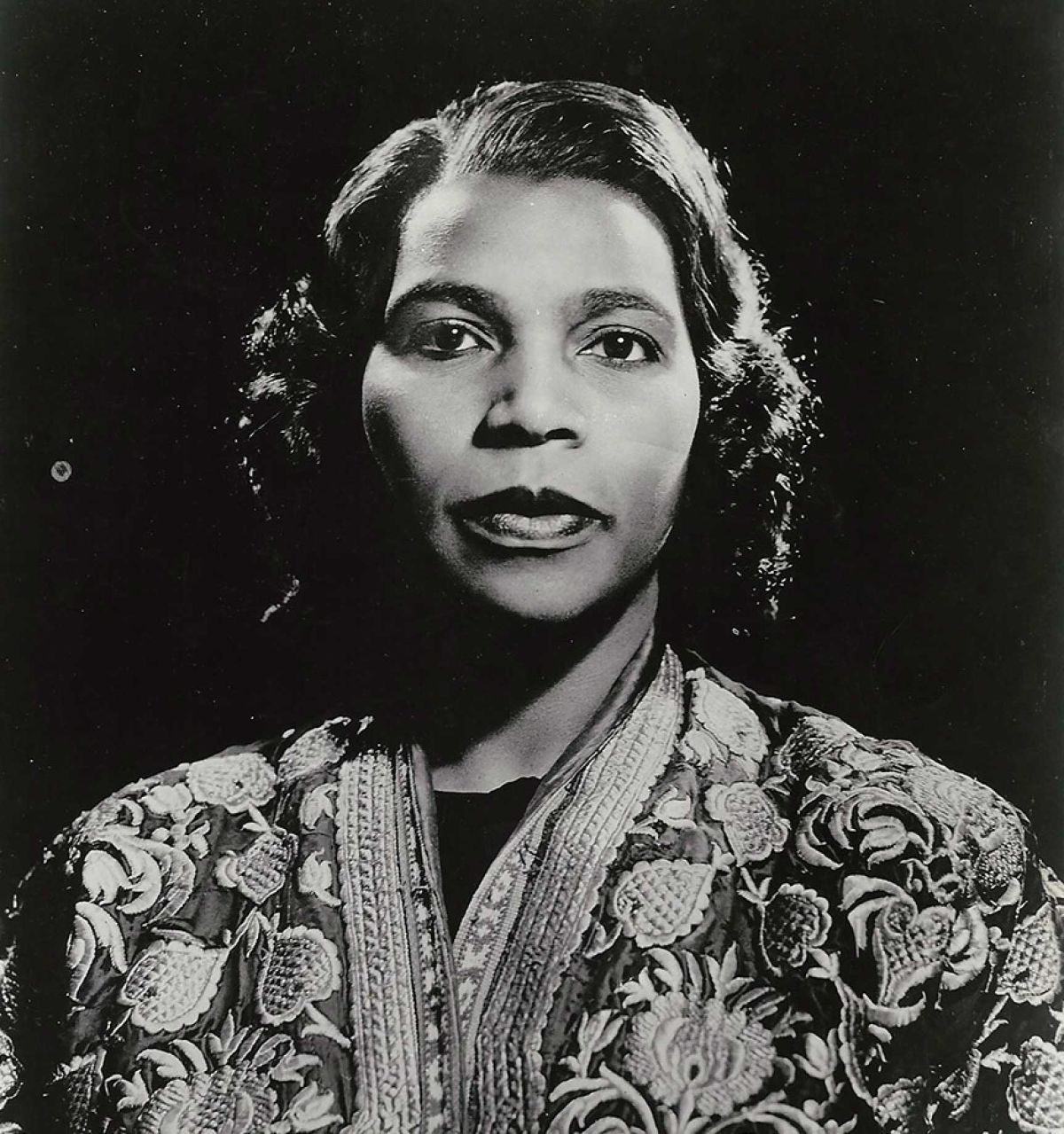
Marian Anderson – America’s Diva
Marian Anderson (February 27, 1897 – April 8, 1993) was a highly renowned classical singer, a contralto, who performed a wide range of music, from opera to spirituals. She was the first African American to perform at the Metropolitan Opera and performed with renowned…
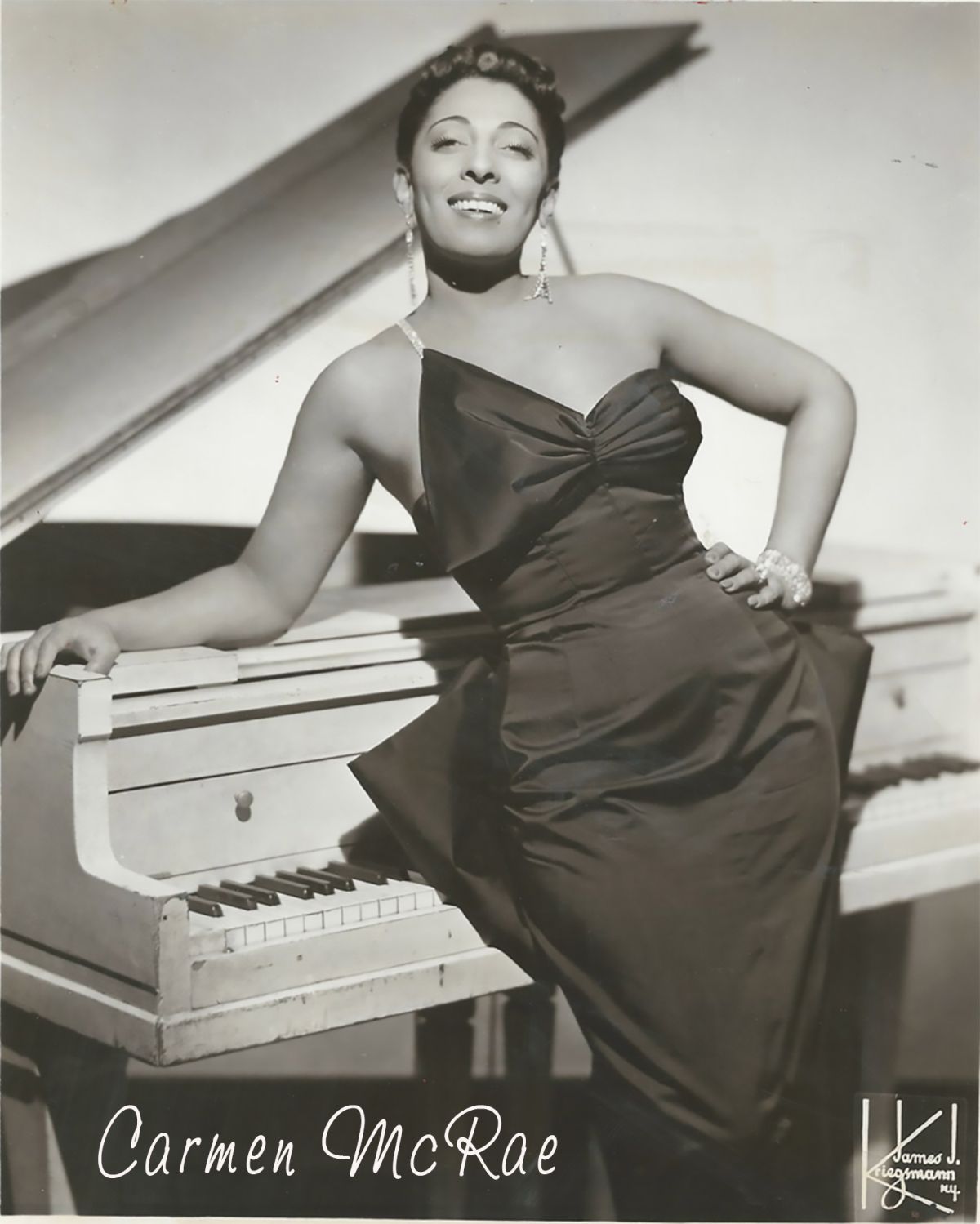
A Taste Of Jazz
BLACK HISTORY MONTH
In celebration of Black History Month, WalterFilm is pleased to provide this profile on the seminal contribution African Americans made in the birth and evolution of Jazz.
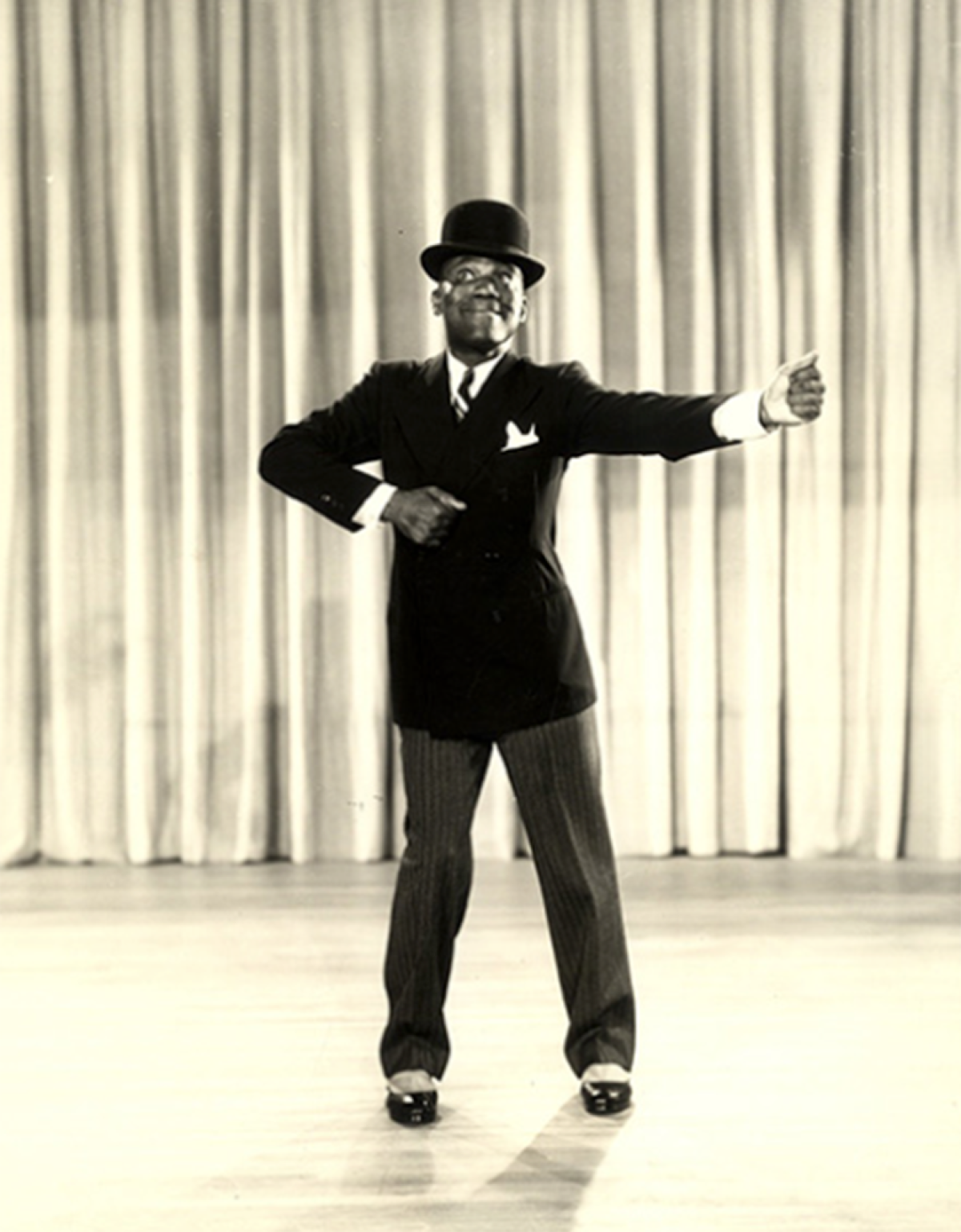
Bojangles Robinson, The Toe-Tapping Wonder
Bill “Bojangles” Robinson (born Luther Robinson; May 25, 1878 – November 25, 1949), was an American tap dancer, actor, and singer, the best known and the most highly paid black entertainer in the United States during the first half of the 20th century.
His long career began…
2023 63rd ANNUAL NEW YORK INTERNATIONAL ANTIQUARIAN BOOK FAIR
Welcome to all our clients and friends.
From April 27th-30th, Walter Reuben Inc. can be found in Booth B22 at the 63rd Annual New York International Antiquarian Book Fair, located in Manhattan at the legendary Park Avenue Armory, 643 Park Avenue (between 66th and 67th Street.
Our Book Fa…
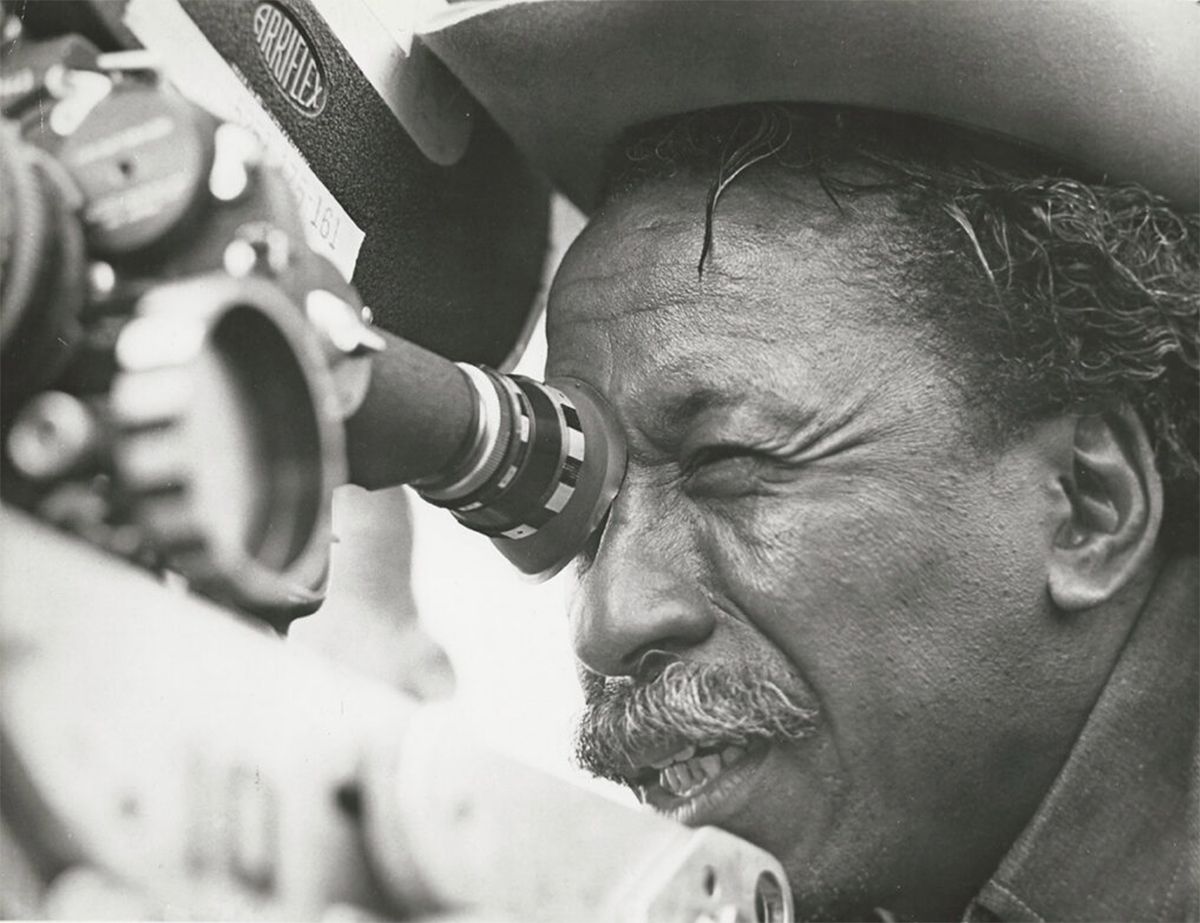
GORDON PARKS – WRITER / DIRECTOR
| African American Movie Memorabilia, African Americana, Black History, Hollywood History, Movie Memorabilia, Vintage Original Studio Photographs
Gordon Parks was a Black American who successfully wore many hats as photographer, composer, author, poet, writer and film director. He became prominent in the U.S. in 1940s through 1970s for documentary photojournalism —particularly with issues of civil rights, poverty and th…
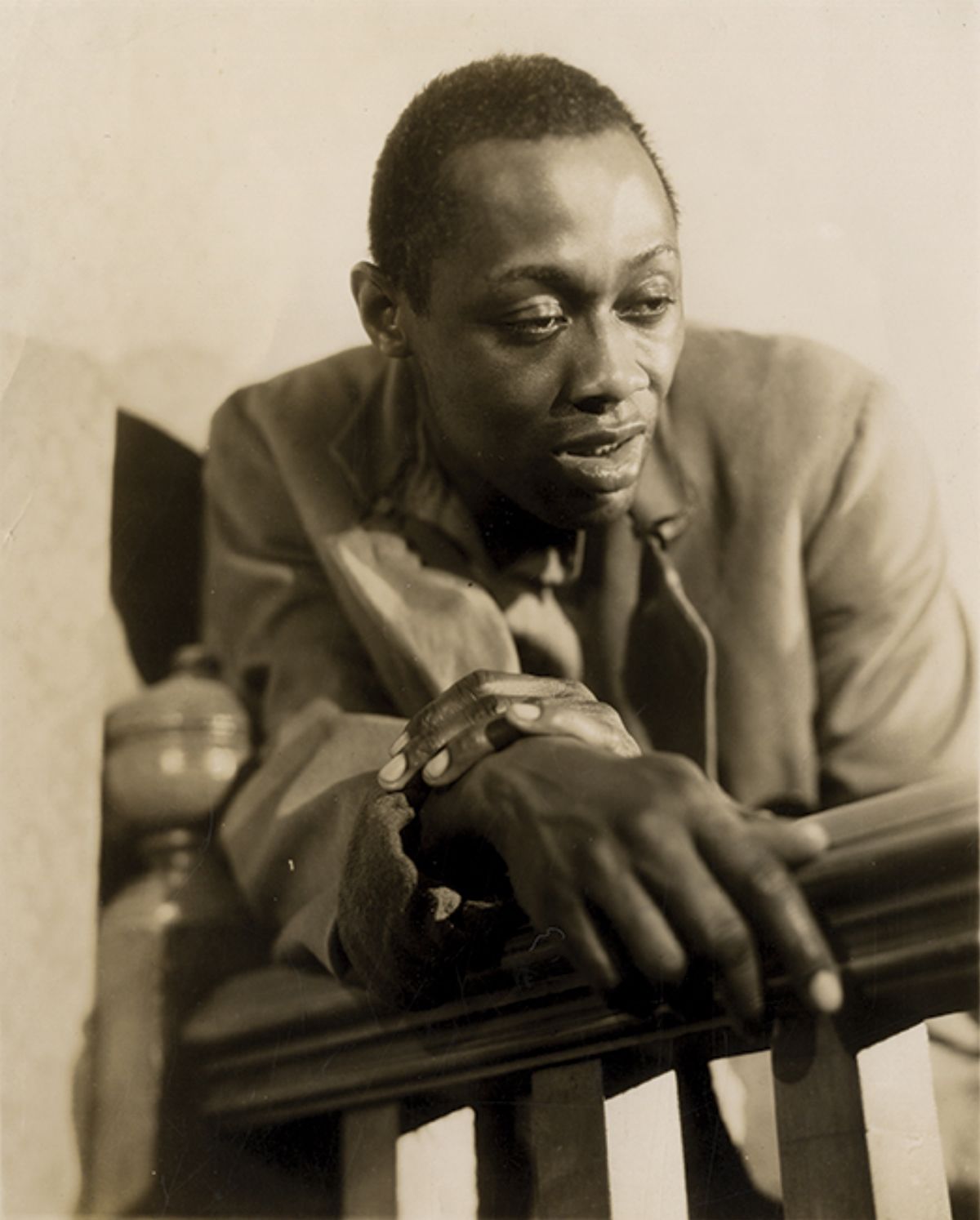
FIRST BLACK ACTOR TO BECOME A MILLIONAIRE
| African American Movie Memorabilia, African Americana, Black History, Hollywood History, Scene Stills, Vintage Original Publicity Photographs
Stepin Fetchit, an American vaudevillian and comedian is considered to be the first black actor to have a successful film career that made him a millionaire.

